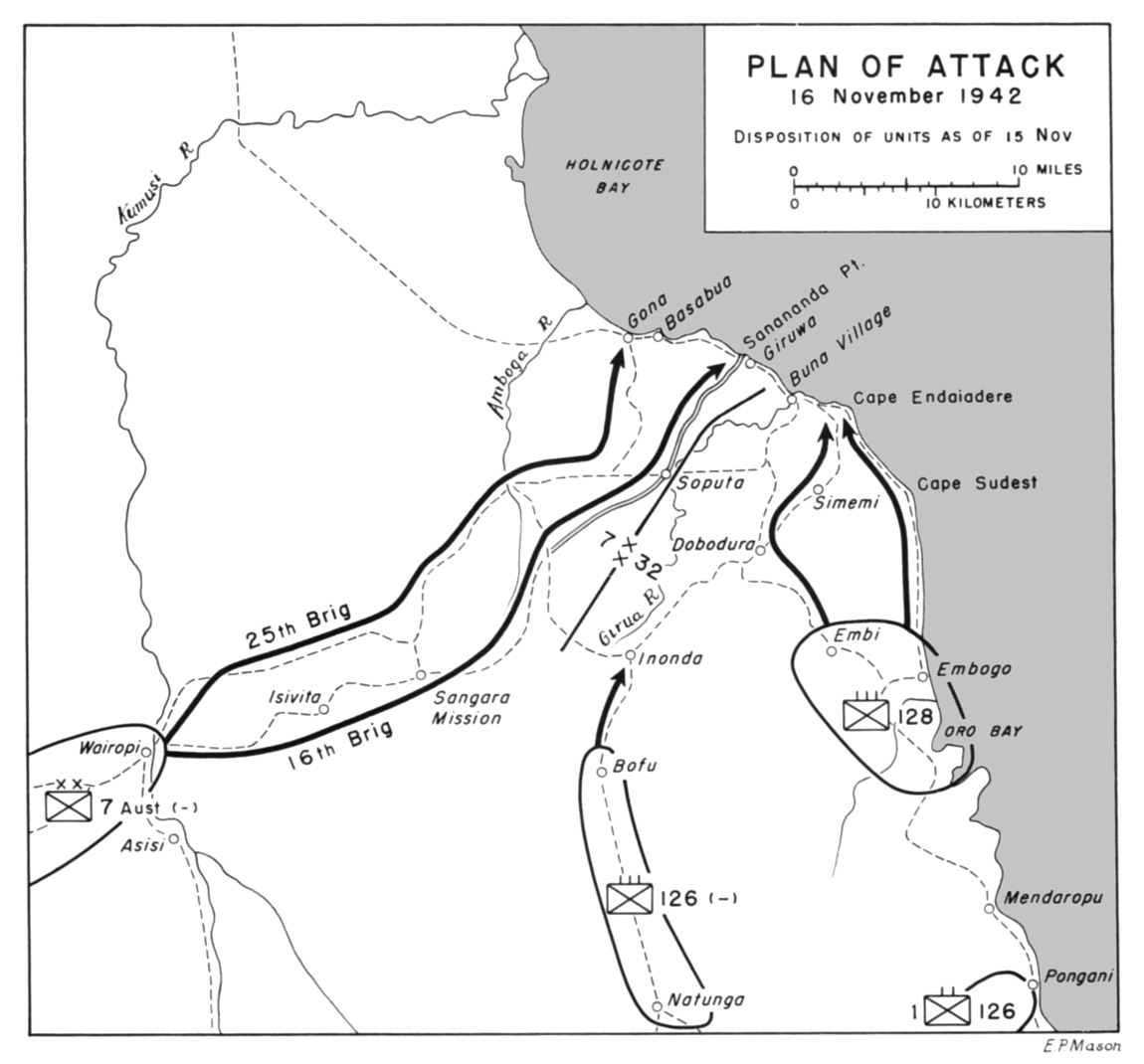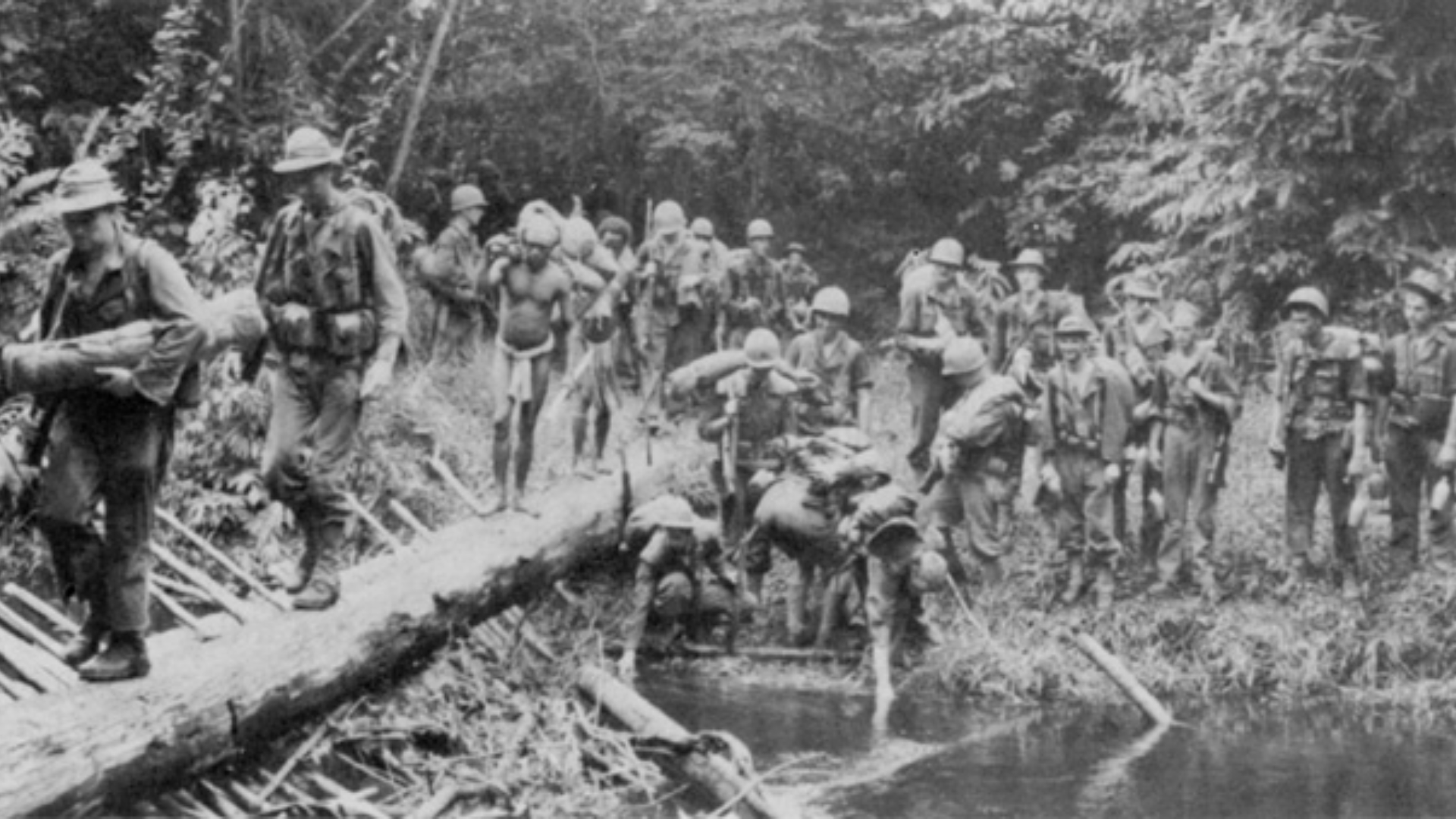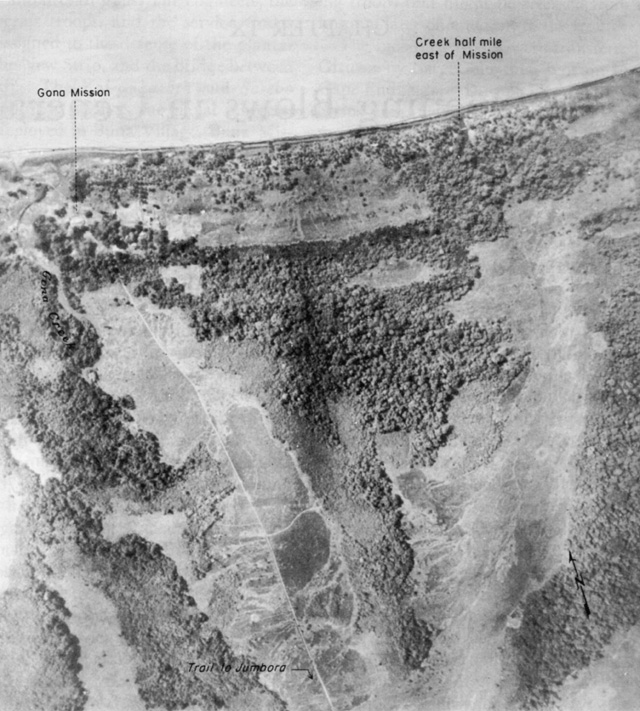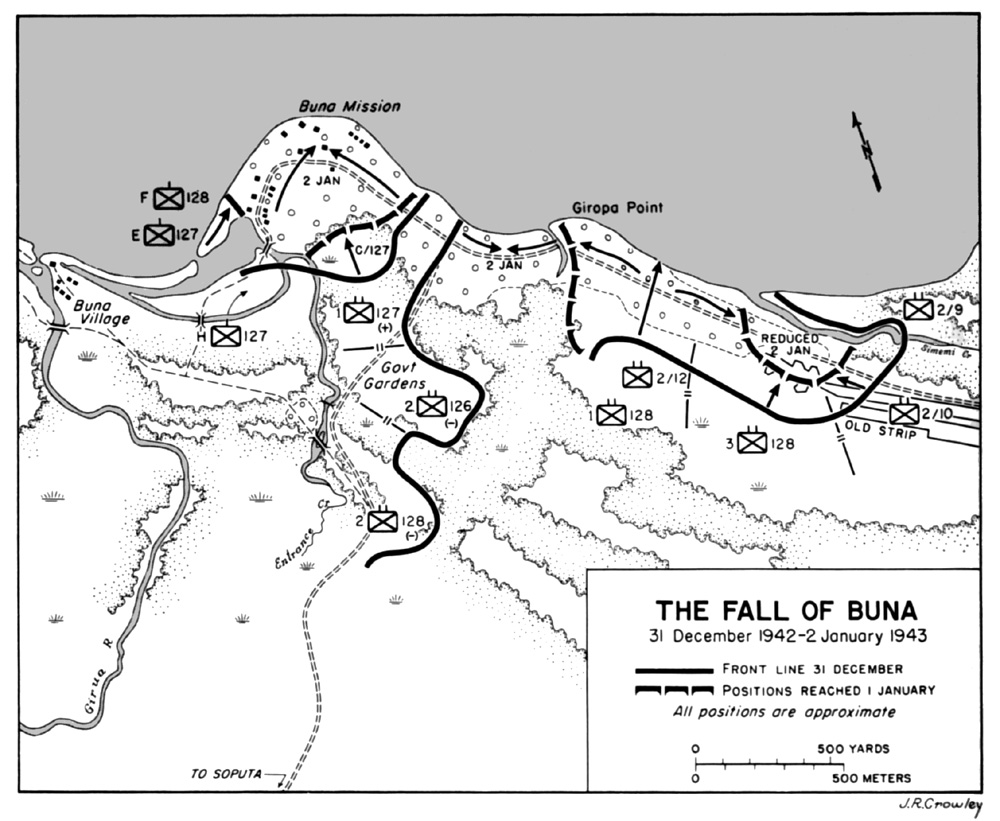The turquoise waters of Papua New Guinea couldn’t have masked the grim reality that awaited the green American soldiers crammed into landing crafts on November 16th, 1942.
The Battle of Buna-Gona was a major joint operation in the Pacific Theater of World War II. While American forces played a significant role, it wasn’t solely their offensive. They fought alongside their Australian allies against a tenacious Japanese defense.
Underestimating the Green Monster
The planning phase for Buna-Gona was a baptism by fire for the inexperienced American command led by General Robert Eichelberger.
Relying heavily on Australian intelligence, they significantly underestimated the Japanese strength. They envisioned a lightly defended outpost, unaware of the fanatical tenacity the Imperial Army under Lieutenant General Harukichi Hyakutake would display.
American training, geared towards European warfare, didn’t prepare them for the suffocating jungle.
The dense canopy blocked air support, making artillery and close air support nearly useless.
The spongy earth swallowed trenches whole, turning defensive positions into muddy deathtraps.

D-Day in the Jungle
The initial landings on both Buna and Gona beaches were met with surprisingly light resistance, fueling a dangerous sense of optimism.
Relief turned to dread as American troops, composed of the 126th and 128th Infantry Regiments of the US 32nd Infantry Division, ventured inland.
The jungle, once picturesque from a distance, became a labyrinth of suffocating undergrowth and razor-sharp kunai grass.
Camouflaged bunkers, expertly woven into the vegetation by the entrenched Japanese 17th Army, unleashed a torrent of machine gun fire and mortar barrages.
Casualties mounted quickly, shattering any illusions of an easy victory.

The Battle of Buna Station
The first major clash erupted at Buna Station, a strategic crossroads on the track leading to Sanananda.
The 128th Infantry, lacking combat experience and proper jungle warfare training, struggled against a well-prepared and determined enemy.
The Japanese, utilizing a network of fortified positions and flanking maneuvers, inflicted heavy losses on the Americans.
The fighting devolved into a bloody stalemate, with neither side able to gain a decisive advantage.
Disease, particularly malaria, and dysentery, became a constant companion, stealing men faster than enemy bullets.
The stench of rotting vegetation mingled with the acrid smell of burning flesh, creating a nightmarish atmosphere.
The Slog to Gona
Meanwhile, at Gona, the 32nd Infantry Division under Major General Edwin F. Harding encountered similar challenges.
The dense jungle and fierce Japanese resistance stalled their advance.
The Battle of Myola, a key fight for control of a strategically significant ridge, became a brutal test of American resolve.
The 126th Infantry Regiment, under Colonel Charles M. Willoughby, faced withering fire from entrenched Japanese positions.
The Americans, forced to fight uphill through thick undergrowth, clawed their way forward meter by bloody meter.
The Japanese, well-versed in jungle warfare, launched relentless counterattacks, inflicting heavy casualties.
After days of intense fighting, the Americans finally secured the ridge, a pivotal victory in the fight for Gona.

A Turning Point and a Grim Cost
The relentless fighting took a heavy toll on both sides.
Resupply was a nightmare. Airdrops were scattered by the unforgiving jungle canopy, and mud turned newly carved roads into impassable quagmires. Ammunition dwindled, and every meal became a luxury.
The turning point came with reinforcements and a change in tactics.
Fresh troops, better equipped for jungle warfare, arrived along with experienced Australian advisors. American commanders, forced to adapt, learned to fight fire with fire.
Flamethrowers were employed to clear fortified bunkers, and close-quarter assaults became the norm. Inch by bloody inch, the Americans pushed the Japanese back.
The stench of death hung heavy in the air, a grim reminder of the cost of every meter gained.
By January 23rd, 1943, after nearly three months of unrelenting combat, the last Japanese holdout at Gona fell.
The Battle of Buna-Gona was finally over. The victory, however, was Pyrrhic. Thousands of Allied soldiers, mostly Americans, fell.
The experience left an indelible mark on those who survived. We emerged hardened, forever bonded by the shared ordeal of fighting in hell.

A Legacy Forged in Hellfire
The Battle of Buna-Gona was a brutal crucible that forged a new kind of American soldier – jungle-savvy, resourceful, and determined.
It shattered the myth of Japanese invincibility and proved that we could fight and win in the Pacific.
The lessons learned in the mud and blood of Papua New Guinea would be vital in the long road to victory.
Today, Buna-Gona stands as a testament to the courage and resilience of those who fought in the most brutal theater of World War II. It’s a reminder of the true cost of freedom, paid for in blood, sweat, and the unwavering spirit of the American soldier.










COMMENTS
You must become a subscriber or login to view or post comments on this article.